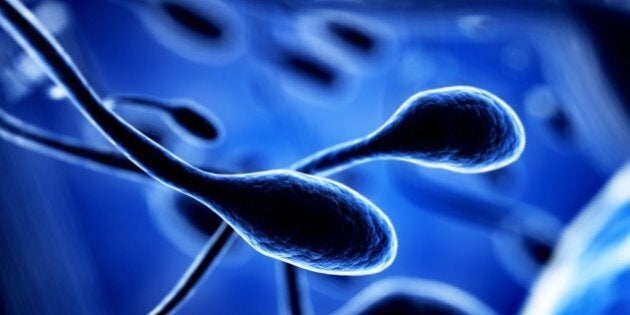
(Relaxnews) - Using human embryonic stem cells, scientists have produced primordial germ cells that will become sperm and egg in a major breakthrough from the University of Cambridge.
In nature, primordial germ cells are created just after fertilization, during the pre-embryonic phase when cells divide and become a ball of cells called a blastocyst.
Although it doesn't have arms and legs yet, these primordial germ cells know how the being will develop and are already equipped to pass forward its genetic information to the offspring it will produce in the future.
"Germ cells are 'immortal' in the sense that they provide an enduring link between all generations, carrying genetic information from one generation to the next," adds Professor Asim Surani of the Gurdon Institute.
Professor Surani and his team also demonstrated that primordial germ cells could be produced using adult skin cells.
Although scientists have, in the past, created primordial germ cells of rodents using their embryonic stem cells, the current study marks the first time they managed to do so for humans.
The findings not only have implications in the field of infertility, they will be useful in the study of what's called epigenetic inheritance, which could lead to treatments for age-related diseases.
Epigenetic inheritance refers to the effects on our genes produced by the environment, examples of which include the effects of smoking or our diets that can be passed down to offspring.
Professor Surani and his colleagues demonstrated that during the specification stage, the environmental consequences on our genes are mostly neutralized except for a small part that is not yet fully understood.
"The comprehensive erasure of epigenetic information ensures that most, if not all, epigenetic mutations are erased, which promotes 'rejuvenation' of the lineage and allows it to give rise to endless generations. These mechanisms are of wider interest towards understanding age-related diseases, which in part might be due to cumulative epigenetic mutations," says Professor Surani.
The study was published in the journal Cell.
Also on HuffPost:
